AJ Leaves the Box, Final Total
#DumbAssNews – Couch on Car

AJ Leaves the Box, Final Total
#DumbAssNews – Couch on Car
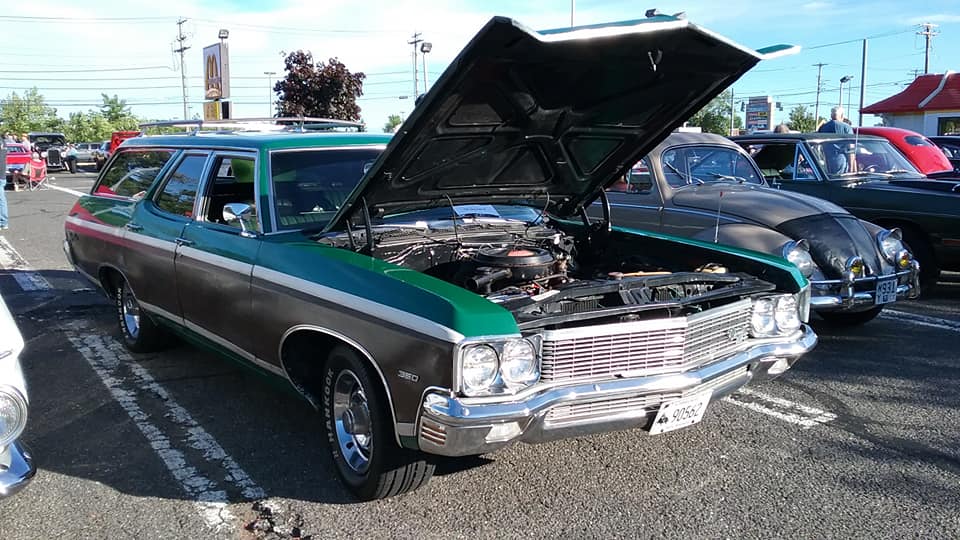
Car: Chevrolet Kingswood Estate Station Wagon
Year: 1970
What makes it special: The Kingswood was a 4-door station wagon produced by Chevrolet in 1959 and 1960, built on the GM A Body platform, and again from 1969 to 1972 built on the GM B Body platform. General Motors discontinued the Chevrolet Kingswood wagon nameplate after only two years. The Kingswood name returned for the 1969 model year, based on the Impala, and was available only with a V8. It slotted above the Chevrolet Townsman, a Caprice-based Kingswood Estate model was added at the top of the range with exterior woodgrain paneling.
What made it famous: Throughout this period, the Kingswood was available in both two- and three-seat models; a power rear window was initially standard equipment for the latter and optional for the former. Buyers could choose from a full-range of small and big-block V8’s, all the way up to the same basic 396 V8 that powered muscle coupes like the Chevelle. a few 427-equipped wagons were built, and some ’70-’71 wagons were equipped with the 454 V8, with dual-exhaust and a posi-traction rear.
Why I would want one: Wagon’s have gained popularity over the last few years, either for nostalgia purposes, surfer-customs and even have joined the ranks of street-rod material.
Fun fact: By the 1972 and final model year, the wheelbase had grown to a huge 125.1 inches.
Powered by CCS Insurance
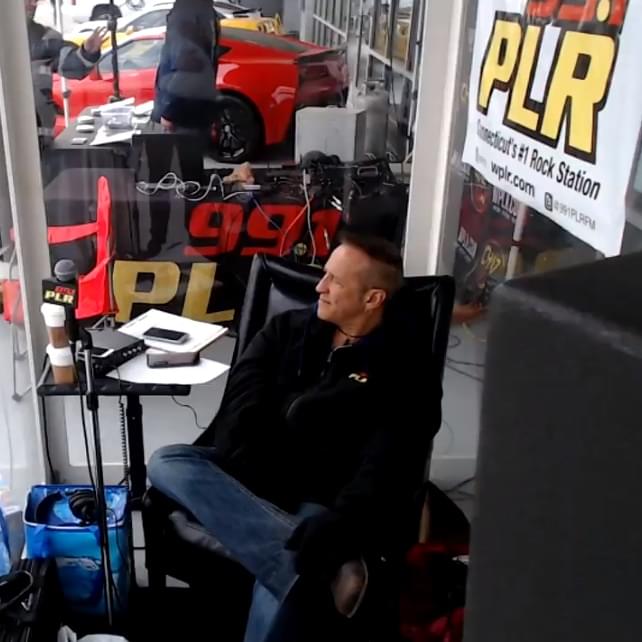
AJ Enters the Box
AJ Before the Box
Follow-Up Phone Rant
#DumbAssNews – AJ in the Box
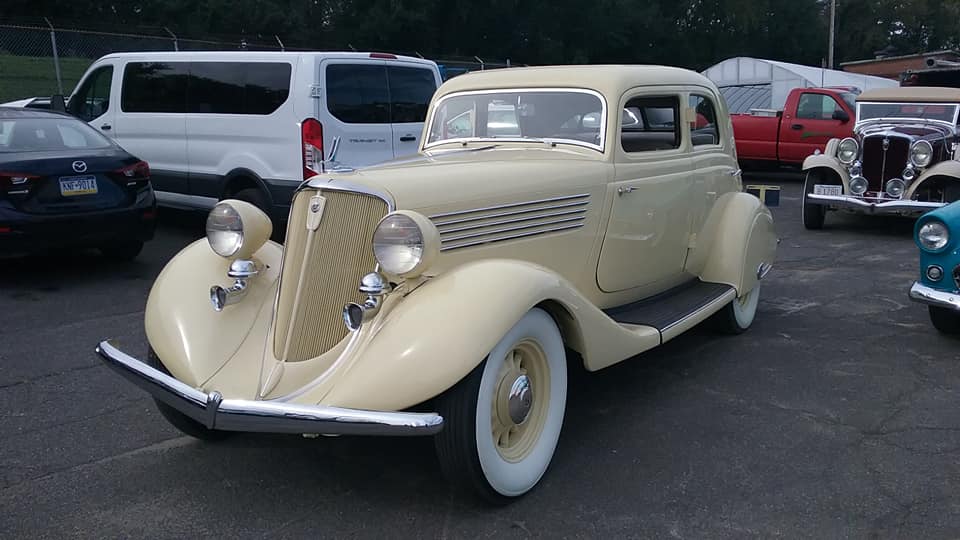
Car: Studebaker President Land Cruiser
Year: 1934
What makes it special: The Land Cruiser was produced by the Studebaker Corporation of South Bend, Indiana from 1934-1954. The Land Cruiser debuted at the World’s Fair alongside the Silver Arrow, a product of Studebaker’s former premium make Pierce-Arrow. It was also manufactured in Vernon, California. The Land Cruiser was introduced at the 1933 Chicago World’s Fair as an extensively streamlined sedan. Many of the same aerodynamic features of the car were shared with Pierce-Arrow’s Silver Arrow show car that also debuted at the fair.
What made it famous: The 1934 Studebaker Land Cruiser was one of the streamlined cars of the era, much like the Chrysler Airflow. It had a smooth trunk deck, a five-piece rear window, skirted fenders, teardrop headlamps, and horizontal hood slats. The Land Cruiser body was available as a Commander and the upscale President. The Land Cruiser body was available for the 1935 model year before being dropped. It was powered by an L-Head inline cast iron 8 cylinder engine with aluminum heads, creating 103 hp at 3,800 rpm.
Why I would want one: Again, this car goes under the heading of “something different.” It’s not often you see a Studebaker in a car show, it’s even more rare to see a streamlined version from the early 30’s.
Fun fact: The Land Cruiser name was used by Japanese automaker Toyota for the name of it’s new off-road vehicle beginning in 1957.
Powered by CCS Insurance

The Cell Phone Insurance Rant
Advice for AJ Living in a Box
Street Pete and Valley New Year
Jamie’s Prison Story
#DumbAssNews – Chandelier Lady
#DumbAssNews – Charlie Brown Racist Thanksgiving

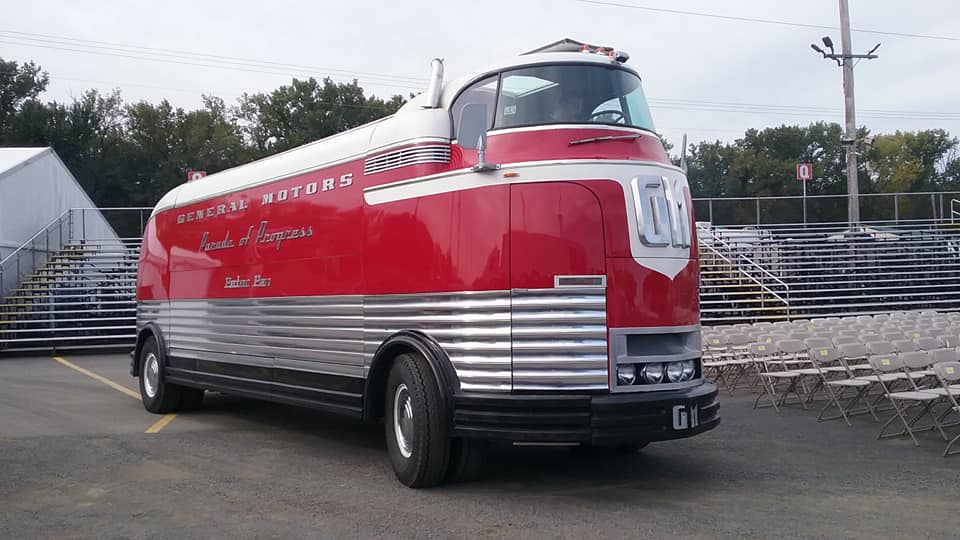
Car: GM Futurliner
Year: 1939
What makes it special: GM’s Futurliner was part of a group of custom vehicles, styled in the 1940’s by Harley Earl for General Motors, and integral to the company’s “Parade of Progress”: A North American traveling exhibition promoting future cars and technologies. Having earlier used eight custom Streamliners from 1936 to 1940, GM sponsored the Parade of Progress and the Futurliners from 1940 to 1941 and again from 1953 to 1956. Originally manufactured for the 1939 New York World’s Fair, the Futurliners were later featured in GM’s promotional caravan travelling a 150-stop route across the United States and Canada. The Futurliners, along with 32 support vehicles, were driven by 50 college graduates, who also staffed the exhibitions along the route.
What made it famous: At 33 feet long, 8 feet wide, more than 11 feet tall, and weighing more than 12 tons, each Futurliner featured heavily stylized art deco, streamlined bodywork, deep red side and white roof paint, large articulated chrome side panels, a military-grade 302 cubic inch GMC straight-six gasoline engine and automatic transmission, whitewall tires and a prominent, high-mounted, centrally located driver command position with a panoramic windshield. Typically arranged at each stop around a large tent and an information kiosk, each Futurliner featured a self-contained stage as well as a prominent deployable light tower, and each vehicle featured a particular subject. The mobile exhibition covered such topics as jet engine technology, agriculture, traffic engineering, stereophonic sound, microwave ovens, television and other innovations. In 1955 a miniature automobile assembly line display named “A Car Is Born” was constructed for one of the Futurliners. A display titled “Our American Crossroads” was also used in 1955.
Why I would want one: They’re huge, mammoth-like vehicles that have amazing style, and let’s face it…if you want to attract everyone at a car show, this is it.
Fun fact: Of the twelve original Futurliners, one was destroyed in a 1956 accident, and nine survive as of 2007. In 2014, Futurliner #10 was nominated for inclusion in the National Historic Vehicle Register.
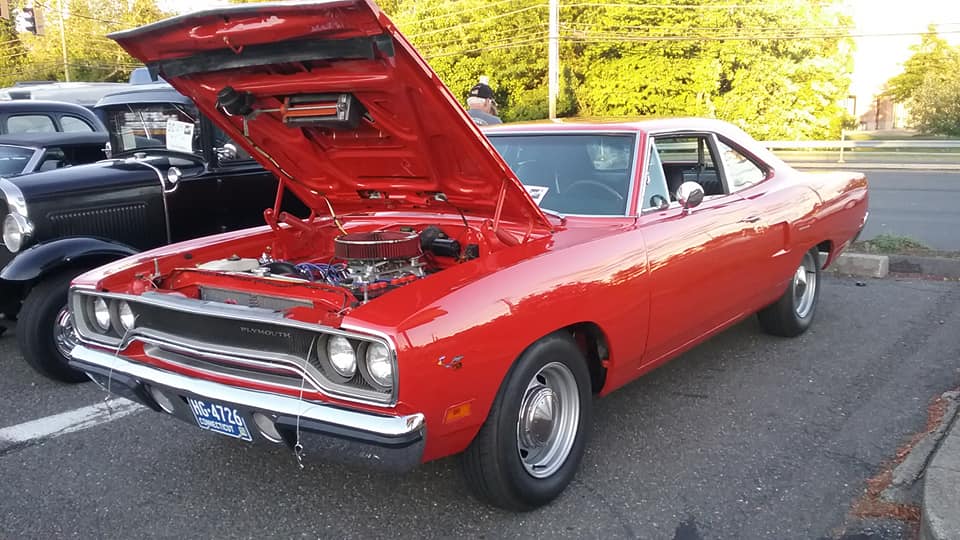
Car: Plymouth Road Runner Coupe
Year: 1970
What makes it special: Plymouths Road Runner was a mid-size car with a focus on performance built between 1968 and 1980. By 1968, some of the original muscle cars were moving away from their roots as relatively cheap, fast cars as they gained features and increased in price. Plymouth developed the Road Runner to market a lower priced, basic trim model to its upscale GTX.
What made it famous: The 1970 model year brought new front and rear end looks to the basic 1968 body. Updates included a new grille, a cloth & vinyl bench seat, hood, front fenders, quarter panels, single-piston Kelsey-Hayes disc brakes improving from the small-rotor Bendix 4 piston calipers of ’68 – ’69, and even non-functional scoops in the rear quarters. The design and functionality of the Air Grabber option was changed. A switch below the dash actuated a vacuum servo to slowly raise the forward-facing scoop, exposing shark-like teeth on either side. “High Impact” colors, with names like In-Violet, Moulin Rouge, and Vitamin C, were options available for that year. The engine lineup was left unchanged although a heavy-duty 3-speed manual became the standard transmission, relegating the 4-speed to the option list along with the TorqueFlite automatic. This was to be the second and last year of the Road Runner convertible, with only 834 made. The new high-back bucket seats shared with other Chrysler products which featured built-in headrests. The 440 Six Barrel remained an option for 1970. The 1969 “M” Code Edelbrock aluminum intake was replaced by a factory-produced cast iron piece; however there were some early cars built prior to January 1, 1970 that were equipped with the left over aluminum Edelbrock intake from the year prior.
Why I would want one: It’s probably one of the most famous muscle car models of all time.
Fun fact: Plymouth paid $50,000 to Warner Bros.-Seven Arts to use the Road Runner name and likeness from their Wile E. Coyote and The Road Runner cartoons, as well as a “beep, beep” horn, which Plymouth paid $10,000 to develop. The Road Runner was based on the Chrysler B platform, the same as the Belvedere and Satellite, as a back-to-basics mid-size performance car.